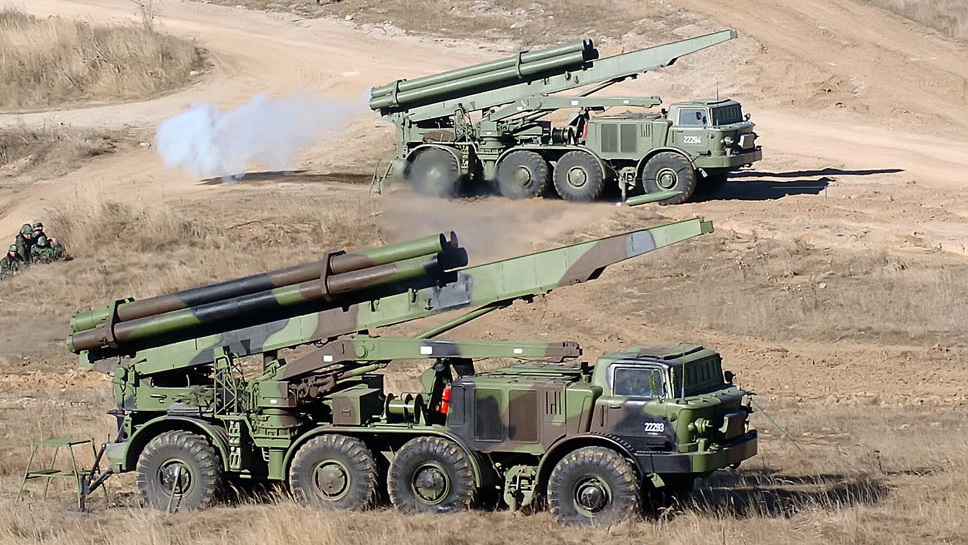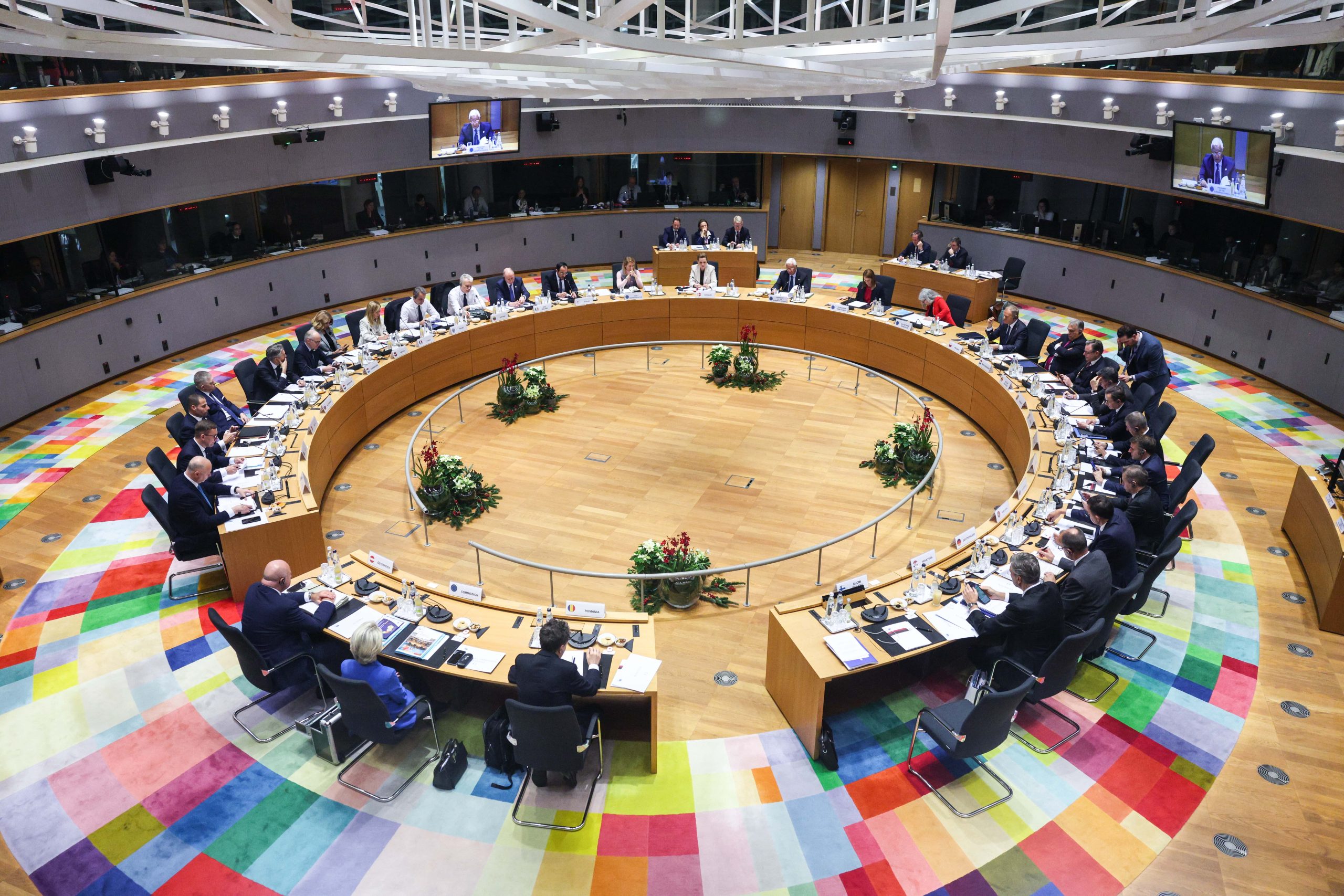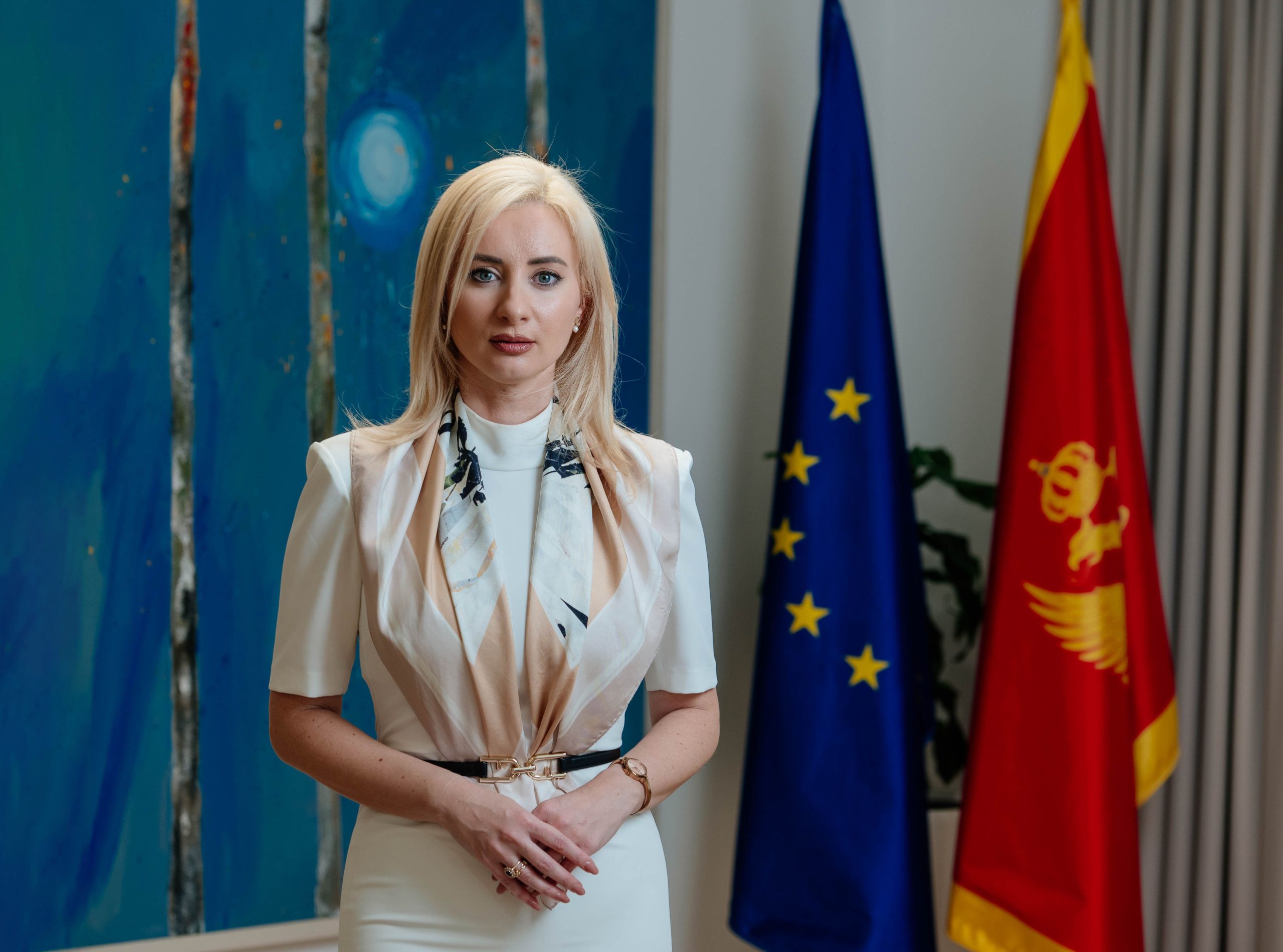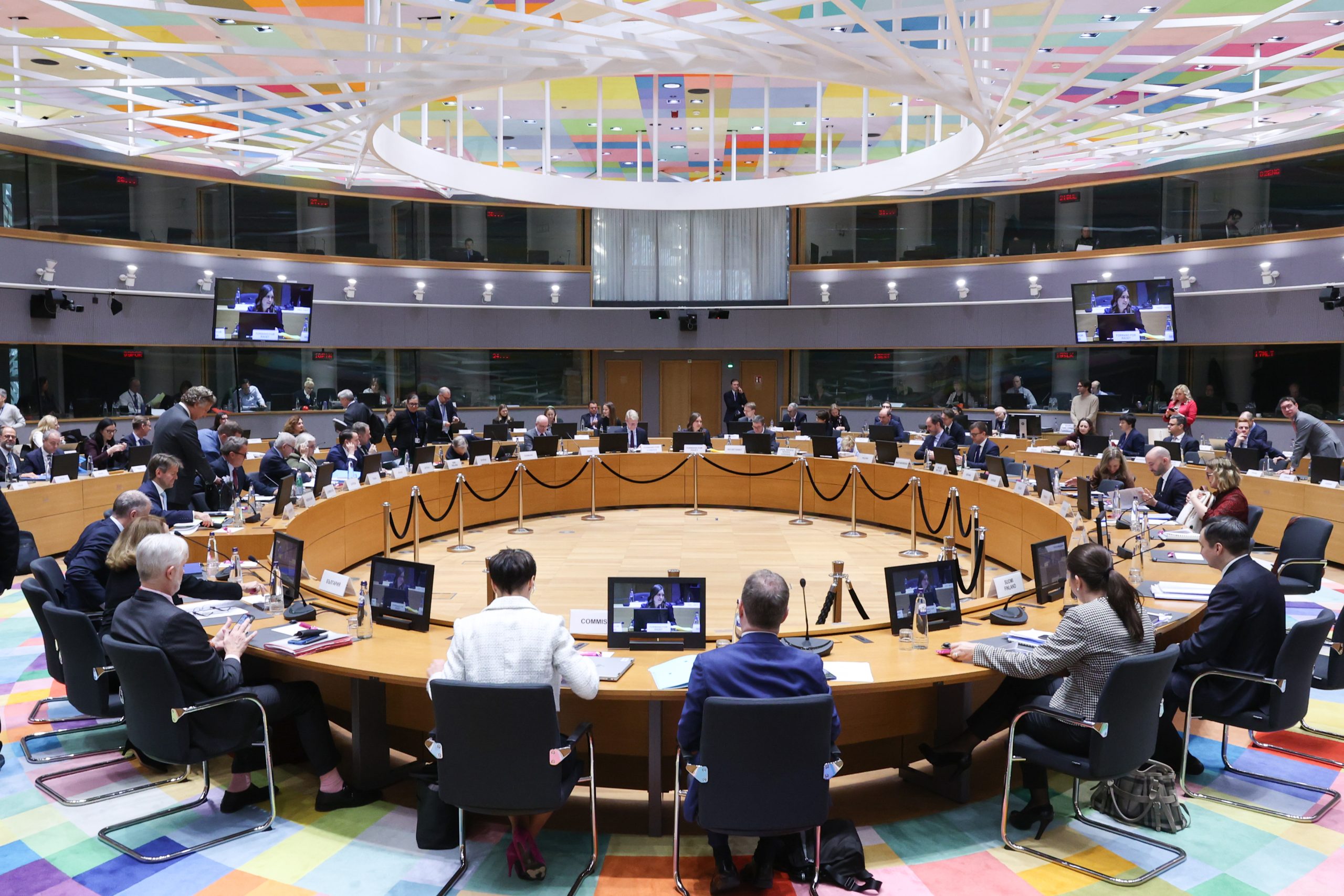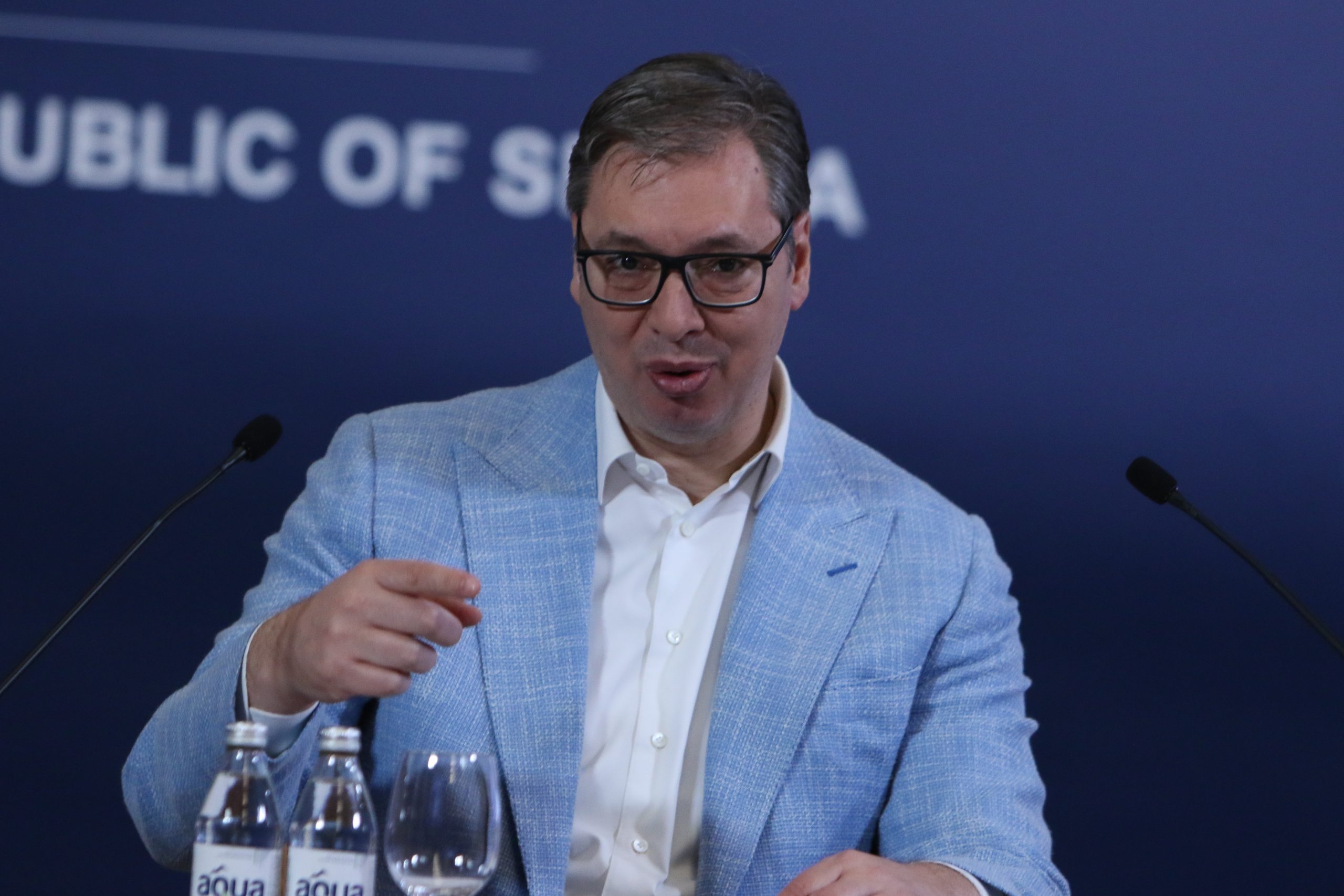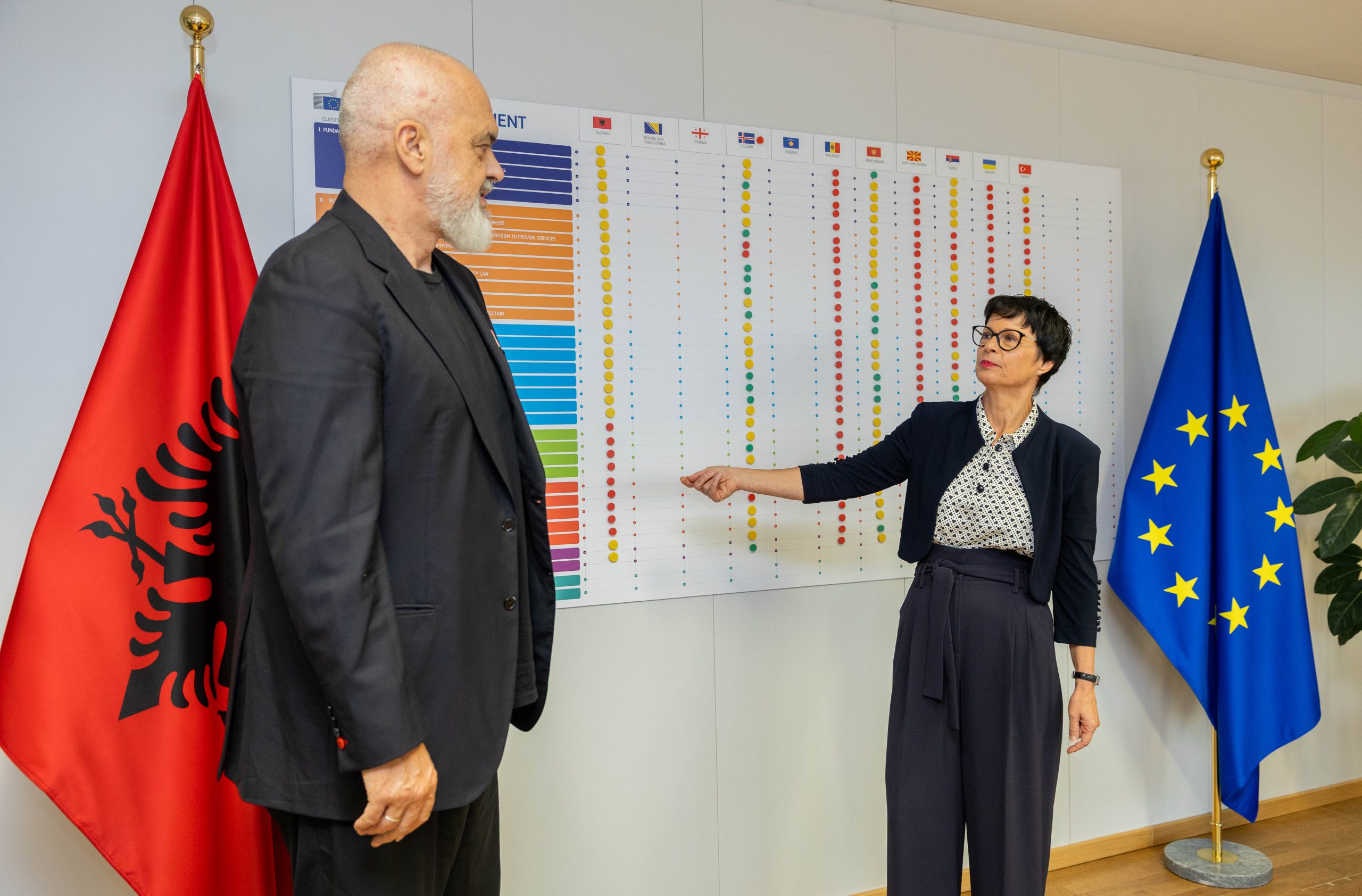According to the recently published Balkan Defence Monitor 2024, Serbia was the leading country in the region in terms of defence expenditure, which amounted to 2% of its GDP in 2023, followed by North Macedonia with 1.7% and Albania with 1.6%. The latter two countries, both of which are NATO members, are projected to reach the Alliance’s target of 2% in 2024.
Albania and North Macedonia are also projected to overtake Serbia, which is expected to drop to third place in the region with 1.8% in 2024.
This is the third edition of the Balkans Defence Monitor, which the Belgrade Centre for Security Policy (BCSP) has been publishing since 2022. It covers Albania, Bosnia and Herzegovina, Croatia, Montenegro, North Macedonia and Serbia.
Croatia, another NATO member, has maintained its defence expenditure at around 1.5% of its GDP for the past three years.
Meanwhile, Montenegro and Bosnia and Herzegovina are lagging behind the rest of the Balkans, with only 1% and 0.7% projected defence expenditure in 2023. The former country joined NATO in 2017, while the latter joined a Membership Action Plan (MAP), a NATO programme of support for countries wishing to join the Alliance, in 2010.

The Defence Monitor also analyses the share of spending that is allocated to personnel, on the one hand, and arms and equipment, on the other. As in the previous years, Bosnia and Herzegovina’s expenditure on personnel is the largest with 89%. It is followed by Montenegro which is spending 56% on personnel and only 24% on arms and equipment.
“The constitutional structure of Bosnia makes it harder to invest in state defence. Most of the funds are spent on the personnel, so basically for the most basic conditions in the staff and the army. It is not big enough, and in the future, there should be considerations on how Bosnia should enhance its defence budget”, said Harun Cero, Project Manager at the Friedrich Ebert Stiftung in Sarajevo, at the presentation of the Defence Monitor in Belgrade.
Croatia and North Macedonia, meanwhile, significantly decreased the percentage spent on personnel compared to the year 2020, Balkan Defence Monitor states. Croatia is now spending almost equally on personnel (41%) and arms (39%). In North Macedonia, personnel receive 38% of the expenditure, while arms and equipment receive 26%.

Finally, Serbia spends the exact equal share – 39% – on personnel and arms. The document notes that there was an increased trend of spending in Serbia from 2016 to 2022, which was then temporarily halted, but it is expected to be on the rise again.
According to the document, the military budget of Croatia has also increased significantly – it almost doubled since 2017, largely due to the procurement of 12 French Dassault Rafale fighter jets in 2021.
“Everybody is talking about the ‘quasi arms race’ in the Balkans in the context of the war in Ukraine, but it started in 2015 between Serbia and Croatia. This is a multidimensional process. On the one hand, most of the arsenal originates from the Yugoslav army, so it is not unusual that you need to buy something new. But this process should be done in a less toxic fashion”, said Vuk Vuksanović, Senior Researcher of the BCSP and one of the authors of the Monitor, during its presentation.
He also said that there was a component of the foreign policy in the purchasing of arms.
“The elites in Belgrade believe that if we are well armed, our neighbours will take us more seriously and we will be more able to play the West and Russia against each other. It is also a part of domestic politics and domestic political marketing since the army is one of the most trusted institutions”, Vuksanović added.
Approaching the 2% target: Acceleration after the war in Ukraine
The increase in spending on defence in Albania and North Macedonia is comparable with the trends in other NATO member states. According to NATO’s estimates, the spending in 2023 within the Alliance increased by 8.3%, which is by far the largest increase in 10 years.
In 2023, the average spending among the Allies was 1.82% of GDP and 11 out of 31 NATO member states were spending more than 2%. According to Secretary General Jens Stoltenberg, this number is expected to rise to 18 in 2024.
This is a significant increase compared to 2014, when only the United States, United Kingdom and Greece were crossing the 2% threshold, according to NATO data.
The issue of spending has become more prominent with the election of Donald Trump in the United States in 2016, and afterwards, especially following the Russian invasion of Ukraine in 2022.
In the Balkans, no NATO ally has reached the 2% target yet, though North Macedonia and Albania are projected to do so in 2024. Meanwhile, all NATO allies, including those in this region, are meeting another requirement – that at least 20% of defence spending is used for equipment.
“The defence budget of North Macedonia has experienced a substantial increase since the country joined NATO in 2020. The increase is also a consequence of a long-term plan of modernisation of the Army”, Balkan Defence Monitor states.

This was confirmed by Radmila Šekerinska, former Defence Minister of North Macedonia, who also spoke at the presentation of the Balkan Defence Monitor 2024 in Belgrade.
“We started below 1% in 2017 and moving to 1.8% this year and hopefully 2% next year. After Ukraine, we have seen that without security, all is nothing – everything collapses”, she said.
She also added that, as the Minister of Defence from June 2017 to the start of 2022, she did not have too many meetings with EU officials. War in Ukraine has made the EU get more serious on defence, Šekerinska added, pointing out that Ursula von der Leyen had announced a defence portfolio in her potential next Commission, which makes a great difference.
In Montenegro, on the other hand, the defence budget has undergone fluctuations in the past years. The spending was 1.6% in 2019 but dropped to around 1% after 2021.
“This is partly a consequence of the country joining NATO and modernizing the Army to meet the NATO standards, but also due to political crisis and changes of governments”, the document reads.
The programme of the current Prime Minister of Montenegro Milojko Spajić, presented to the parliament last October, pledged an increase of spending on defence to 2% GDP and the modernization of the units of Montenegrin Armed Forces.
